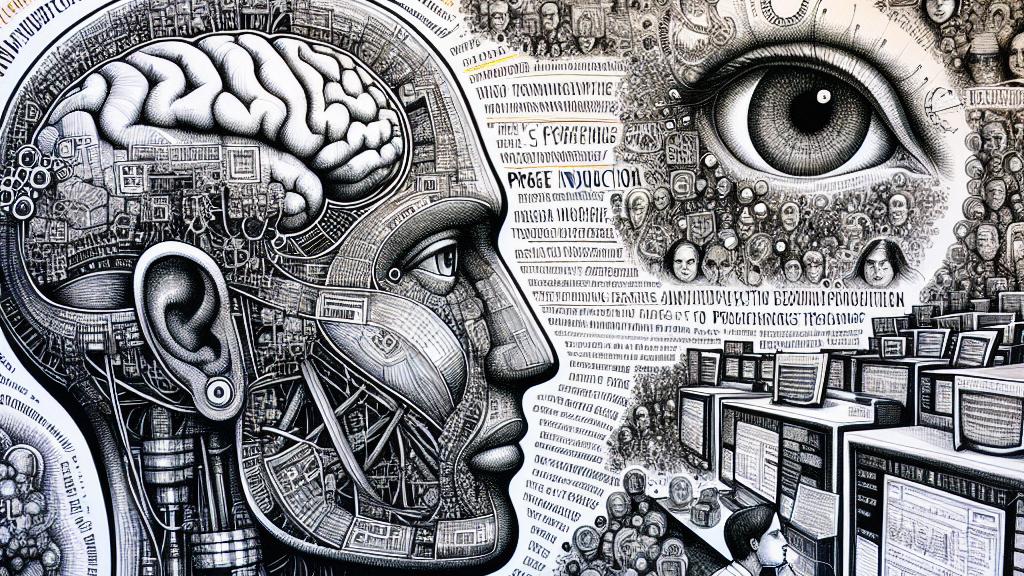Towards Efficient Neurally-Guided Program Induction
Overview
- Explores groundbreaking neurally-guided strategies for program induction in artificial intelligence.
- Investigates the intricate challenge of generalization in the ever-evolving ARC-AGI framework.
- Analyzes and compares the strengths, weaknesses, and real-world applications of various AI paradigms.

Navigating the Realm of Artificial Intelligence
In the fascinating sphere of artificial intelligence, particularly observed in the United States, the concept of program induction is rapidly evolving. Simon Ouellette's research offers a compelling look into ARC-AGI—a domain where the ability to generalize beyond traditional limits is not just beneficial; it is vital. This isn't merely a technical endeavor; it's akin to teaching machines to think and innovate, much like a scientist who formulates hypotheses based on abstract patterns. Picture this: an AI that crafts its own algorithms in response to unforeseen challenges, demonstrating not just compliance but creative problem-solving skills. Such a paradigm shift could redefine our expectations of AI, moving us toward cognitive systems capable of nuanced understanding and innovation.
The Rich Tapestry of Induction Paradigms
Diving deeper, the research meticulously examines three fascinating paradigms: Learning the grid space, Learning the program space, and Learning the transform space. Each presents a unique lens through which we can appreciate AI’s capabilities. For example, the second paradigm effectively couples classical programming paradigms with neural network training. Imagine it as a symbiotic relationship where machines dissect vast datasets not just to replicate human solutions but to discover novel ones. Consider a scenario where a neural network analyzes millions of lines of code, identifying patterns and potential optimizations akin to a skilled programmer's intuition. Furthermore, the suggestion to pivot towards the third paradigm is exciting—it proposes a dynamic model of induction that could continually learn and adapt, much like how children grow intellectually, absorbing knowledge from their environment and applying it creatively.
Implications for the Future and Real-World Applications
Looking ahead, the possible applications of these neurally-guided techniques are vast and transformative. By merging these approaches with Bayesian inference, we could foster an AI capable of addressing complex tasks in fields as diverse as linguistics and robotics. Imagine an AI that, after parsing only a few examples, can grasp intricate syntactical nuances and even generate plausible new languages—this mirrors the way young children acquire their first languages. By harnessing this intelligence, we’re not just enhancing machine learning; we are setting the stage for a collaborative future where AI and human intellect converge. This methodology can empower us to tackle real-world problems more efficiently, promoting a deeper understanding of complex concepts across disciplines. Thus, as the line between human cognition and machine learning blurs, we should be prepared for a future where AI not only supports our endeavors but also participates actively in intellectual exploration and discovery.

Loading...